
Xeno Creatives Artist Spotlight: Vitalii Shevchenko
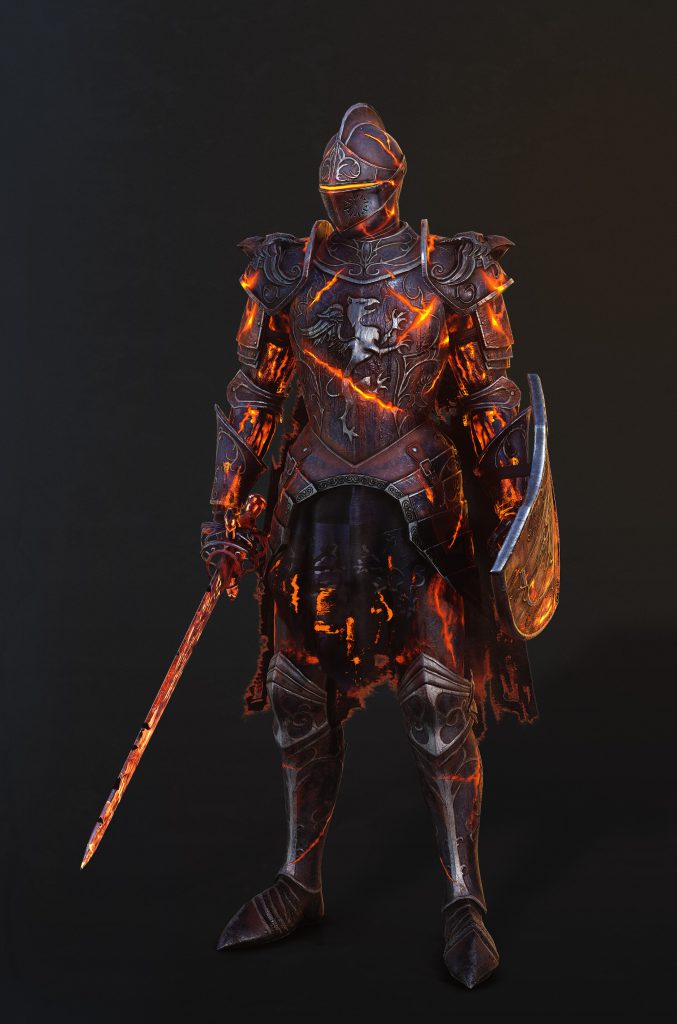
At 35, Mr. Vitalii Shevchenko already boasts of 7 years in the digital art creation industry. He graduated from the National Technical University of Ukraine and for his Master’s Degree, he studied at the Igor Sikorsky Kyiv Polytechnic Institute. Mr. Shevchenko currently works as a 3D artist team leader.
Let’s get to know him through this short feature and find out what makes him tick as a creative and how he was able to find his place in the digital art industry.
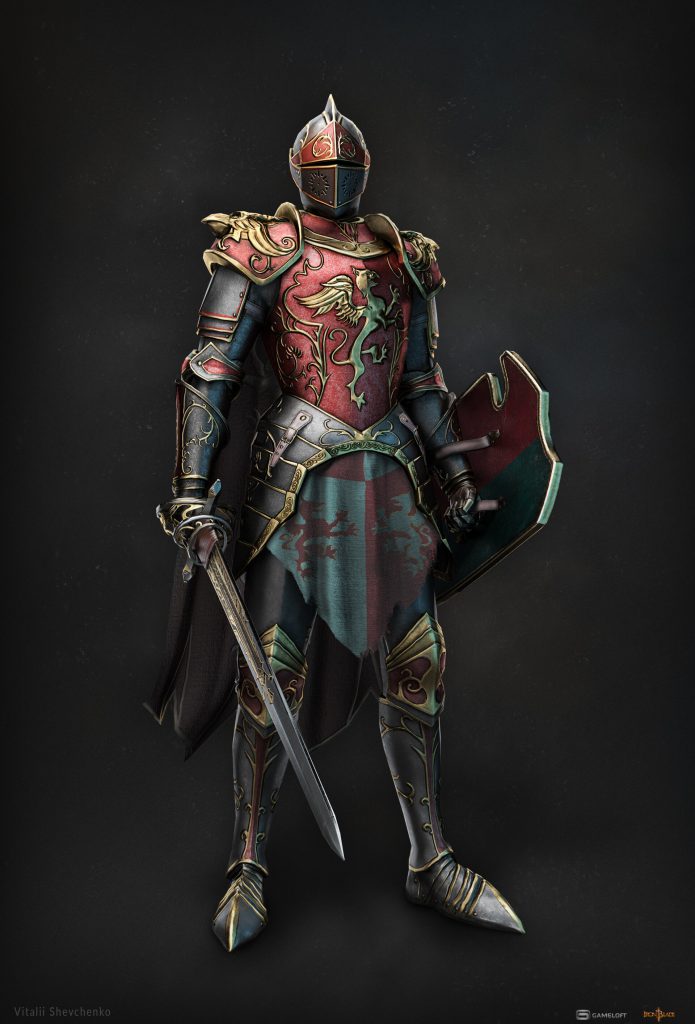
Xeno Creatives (XC): We understand that with just about any craft, passion takes precedence. In your case, how did it start becoming a passion? Would we be right in assuming that you consider it a “calling” as a lot of your contemporaries do?
Vitalii Shevchenko (VS): That’s right. For me, it’s a calling. My work is something that gives me strength, not something that exhausts me at the end of the day. Lol
When I was deciding what I wanted to do, I tried a lot of things in life. And only 3D art motivated me to spend a lot of free time and created a pleasant tiredness from work, not one I wanted to quit from.
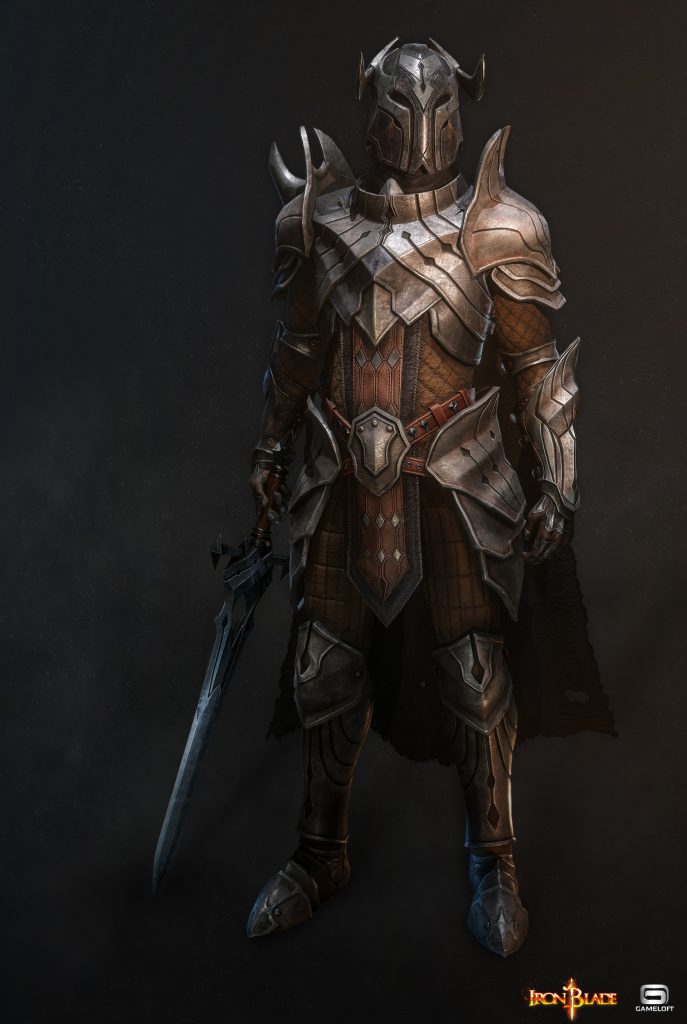
XC: What was it that got you interested in 3D art? Did you ever plan on taking it seriously initially?
VS: Not so much. Originally, I wanted to be an engineer. I was into 3D CAD modeling. But it just so happened that I ended up in the game industry. When I was an engineer, a mistake in a 3D model could have serious consequences. And in 3D game-ready model, it can just be a strach on the UV during character animation. Lol. Definitely it’s a joke.
Actually, I was interested in the possibility of integrating creativity to my work. And the prospect of developing something that required creativity.
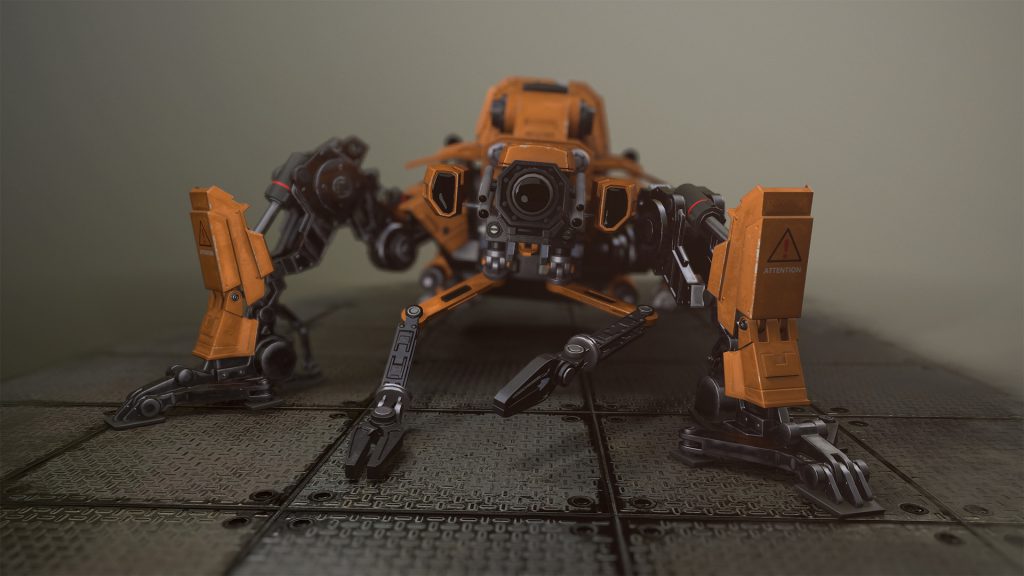
XC: Now that you’re an active part of the industry, would you say you have figured your place in it?
VS: Of course. After working in the game industry for a while, I realized that this is exactly what I want to do. There are endless opportunities to learn and grow.
XC: What does your pipeline usually look like in a typical production? What are the common challenges a 3D artist like you encounters in a project?
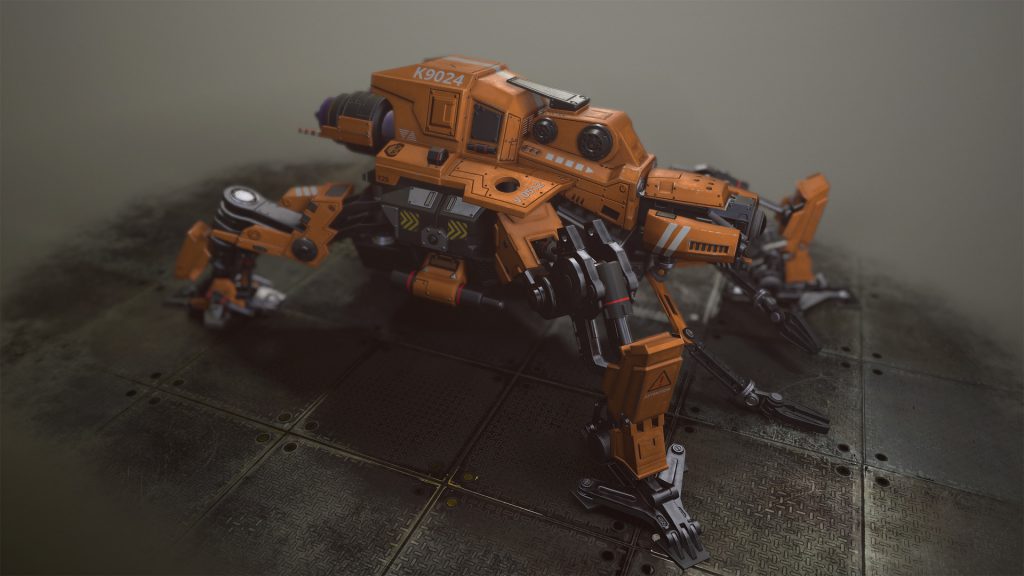
VS: My usual pipeline follows the standard flow: sculpting, retopology, UV and baking, texturing, and a setup in the game engine. However, it is still subject to change with respect to the project that I take. Depending on the requirements, I can use additional features like vertex color or create custom masks for materials to dynamically change textures on objects, etc. But these are all one-offs. Every project is unique. I try to be creative and personalize my approach to each job so I may solve the client’s problem based on their needs as and find the best solutions for them in terms of visuals and optimization.
As for problems, the most common challenge I come across is the lack of sufficient technical information to start working. I have to spend a lot of time estimating the project scope and duration based on a small amount of data. Such obstacles can be avoided through open communication. I am always open to discussion.
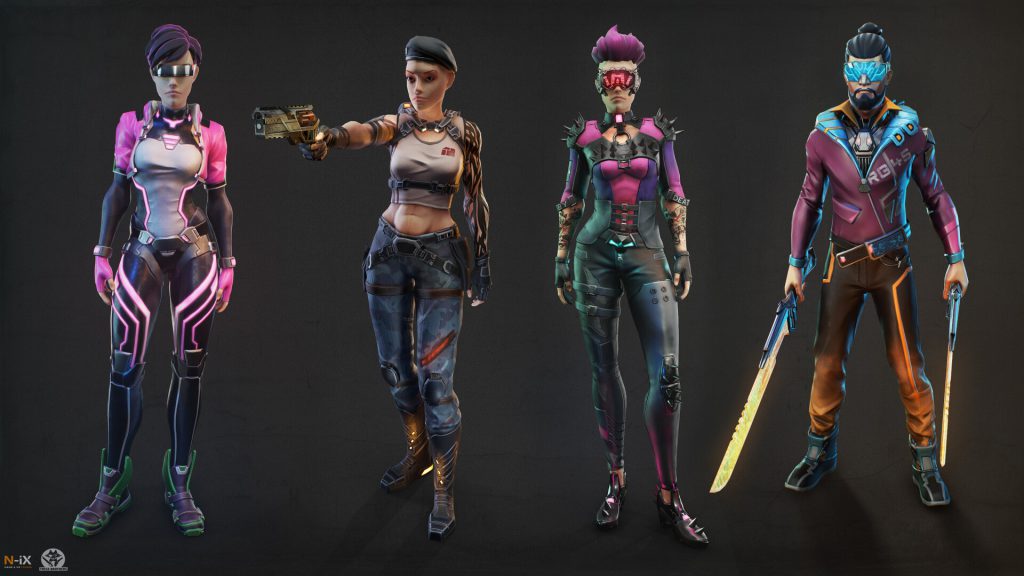
Now I am focusing on my work as a team leader. I am always thrilled when I undertake projects with my team of 3D artists. Through these projects, I am given the chance to create a good professional atmosphere through camaraderie and mentorship.
As for the actual craft, we are currently working on an art project in our company called, “The Last Mofar.” It’s a potential game based on Ukrainian mythology–although right now it’s just an art project. There will be interesting characters, monsters, and various creatures. The locations are very interesting as well. We are working with Unreal Engine 5 and developing towards realism.
XC: Your works at ArtStation are true visual treats. We really admire your technique and can’t help but be curious about how they would work in a gaming environment. Which among your works are you most proud of and why?
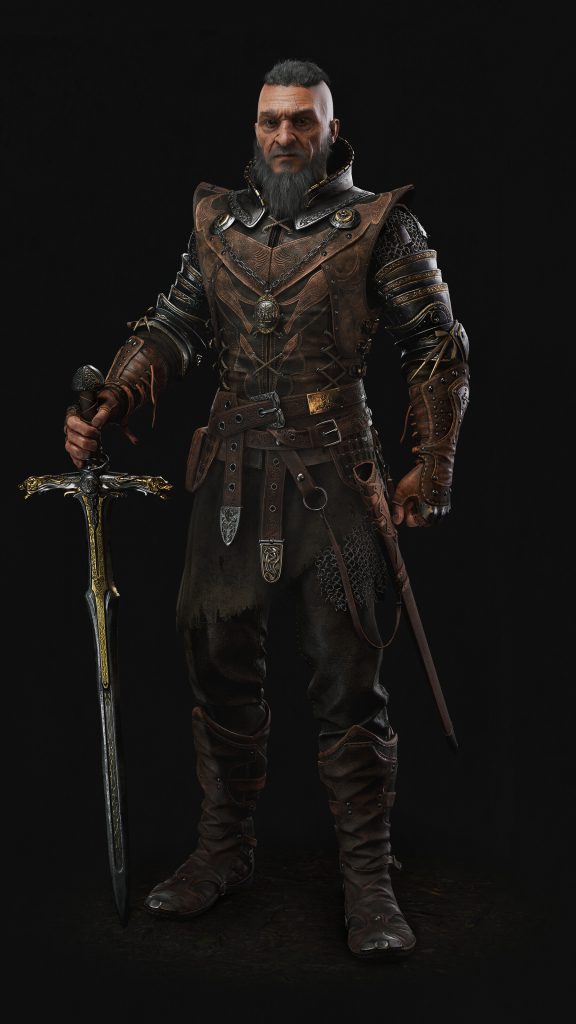
VS: Probably the personal work that I find most interesting in my current portfolio is “Master of Sword.” He is actually a game character I created in my spare time, and it was working on him that I gained the strength to survive the the war in Ukraine that compromised my mental health. I worked on him for an extended period because I didn’t have enough free time. He was made in small installments for more than a year. Now I see a lot of mistakes in it. I realized that the main reason why we do personal projects is to learn and develop, to see the shortcomings and correct them in our next works.
XC: If you were to market yourself, what would you highlight as your edge?
VS: It would be me being responsible. I simply cannot do my job irresponsibly. I always try to balance time and quality. I try to invest more than what I am asked to. I am always learning so I avoid repeating the same mistakes.
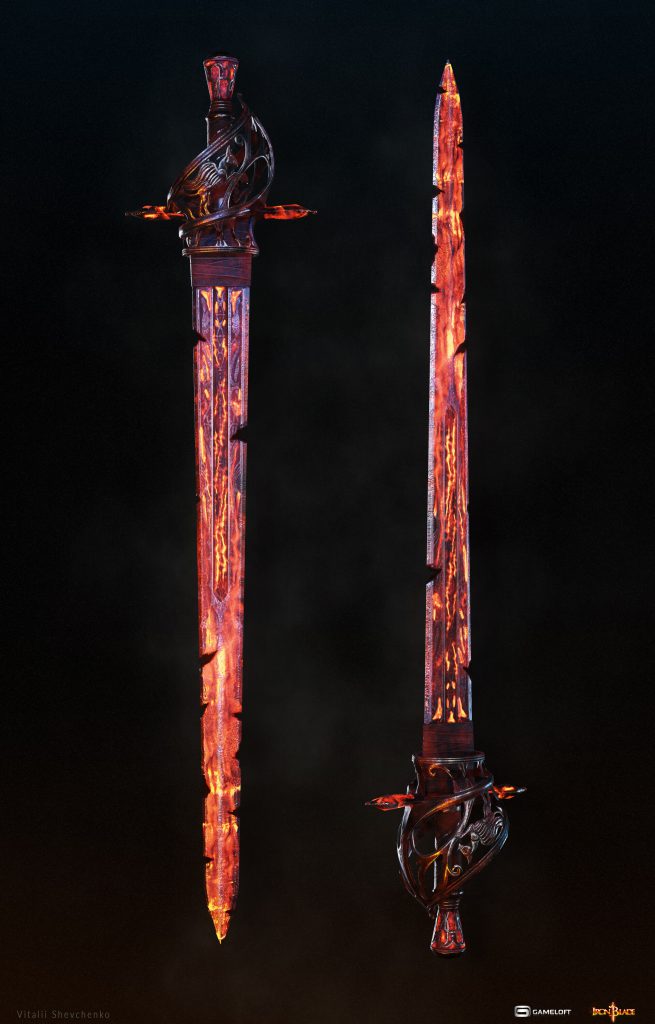
XC: How do you think digital art-generating AI technology will impact digital artists and the 3D art industry in the long run? Is it a helpful tool or an insidious threat to the future of your craft?
VS: If you think of it as a threat, it will become a threat. And if you see it as a useful tool, it will become a useful tool. I think we have to be open to new technologies and take advantage of them. Think about how it can help us, not how it can hurt us.
XC: What is your message for your fellow digital artists and those aspiring to be a part of the industry in these challenging times?
VS: Be prepared for a long marathon, not a short sprint. You must love to learn and be prepared for obstacles that must be conquered creatively. A very simple piece of advice: you will succeed just don’t give up.
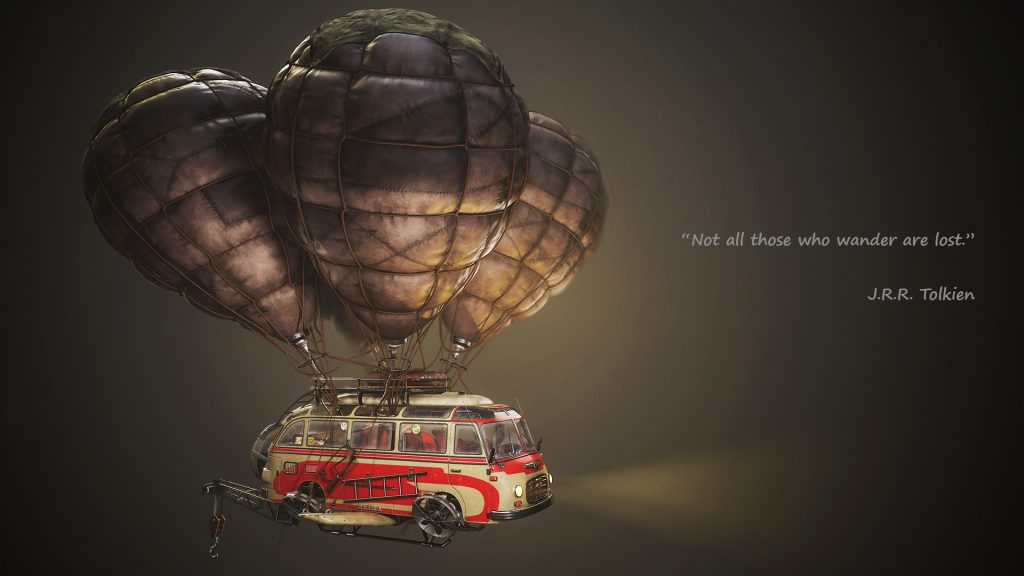
Want to see more of Mr. Vitalii Shevchenko’s works? Visit his Instagram and ArtStation accounts.

